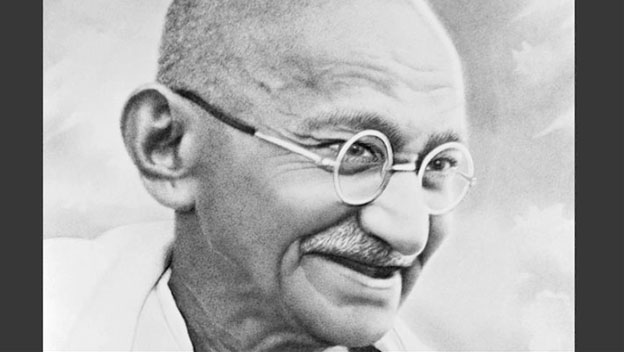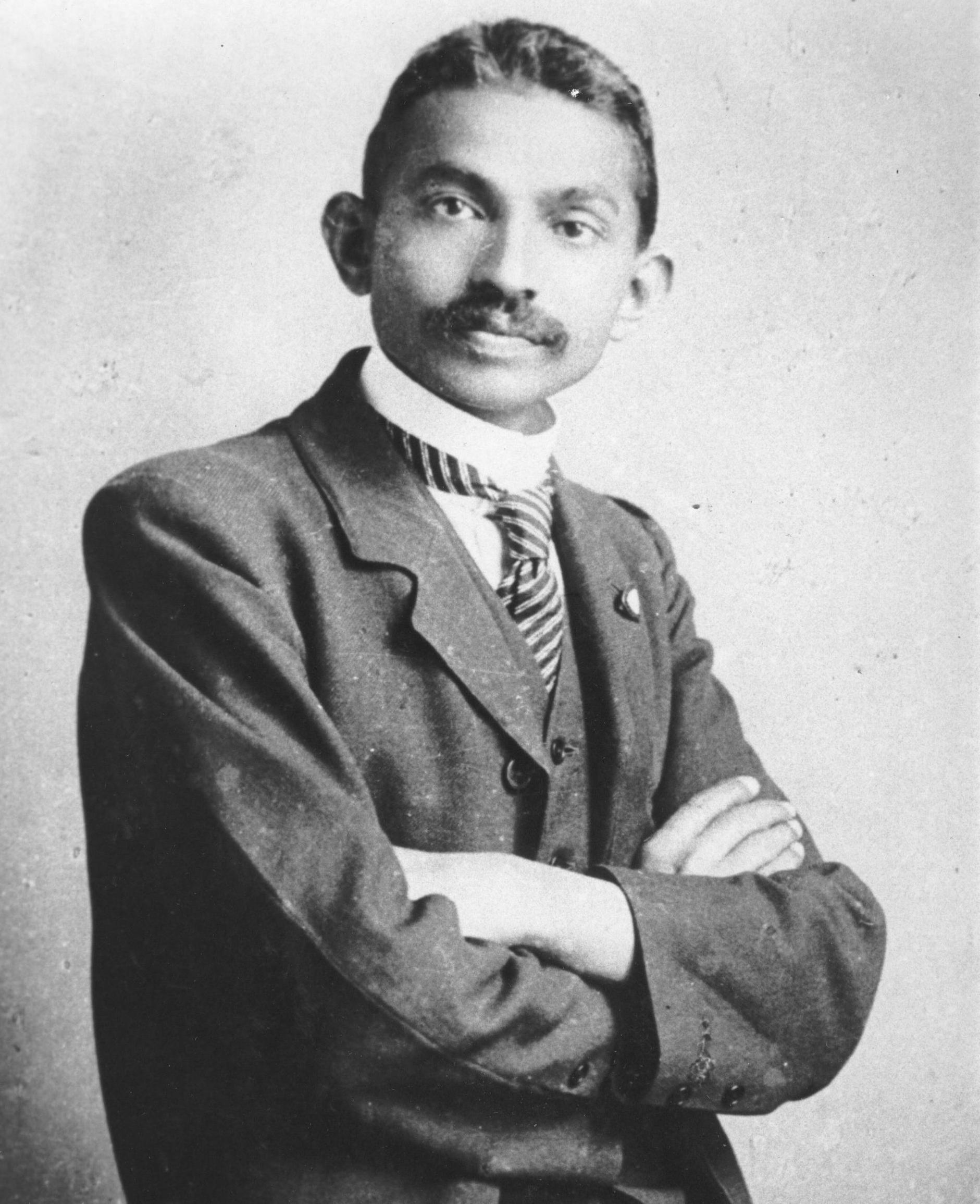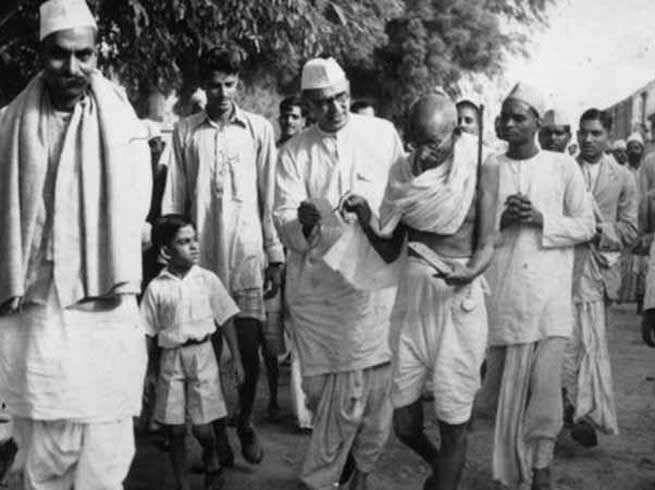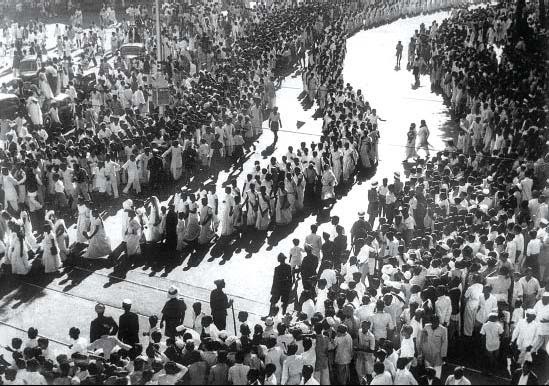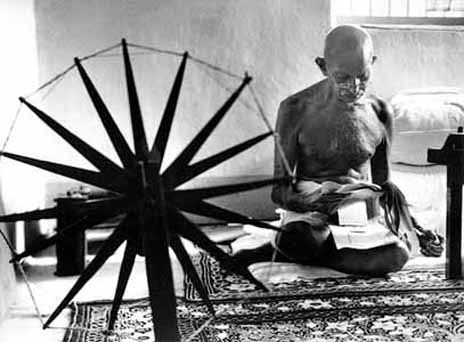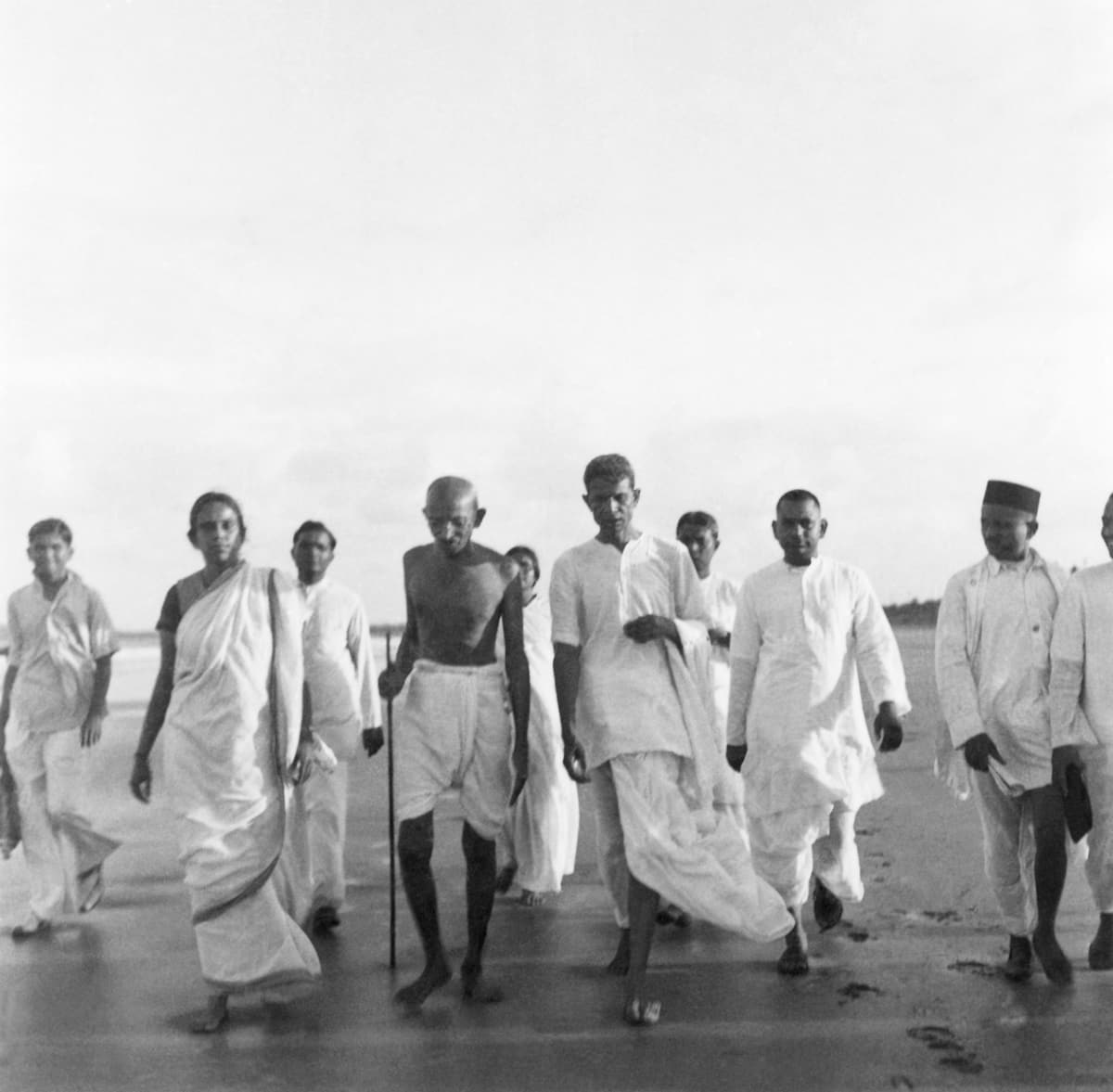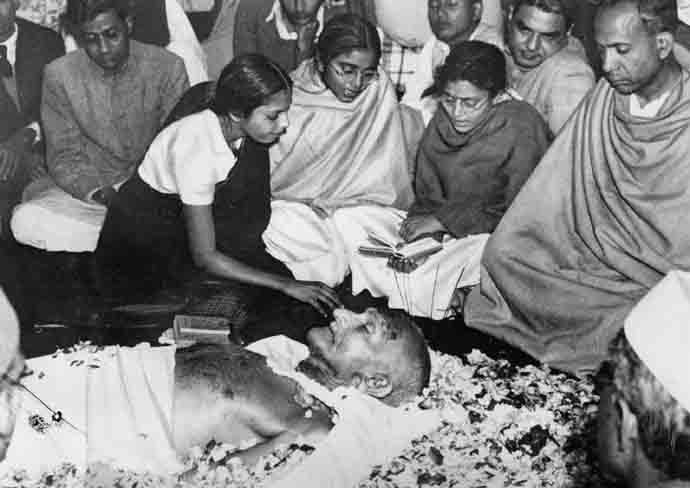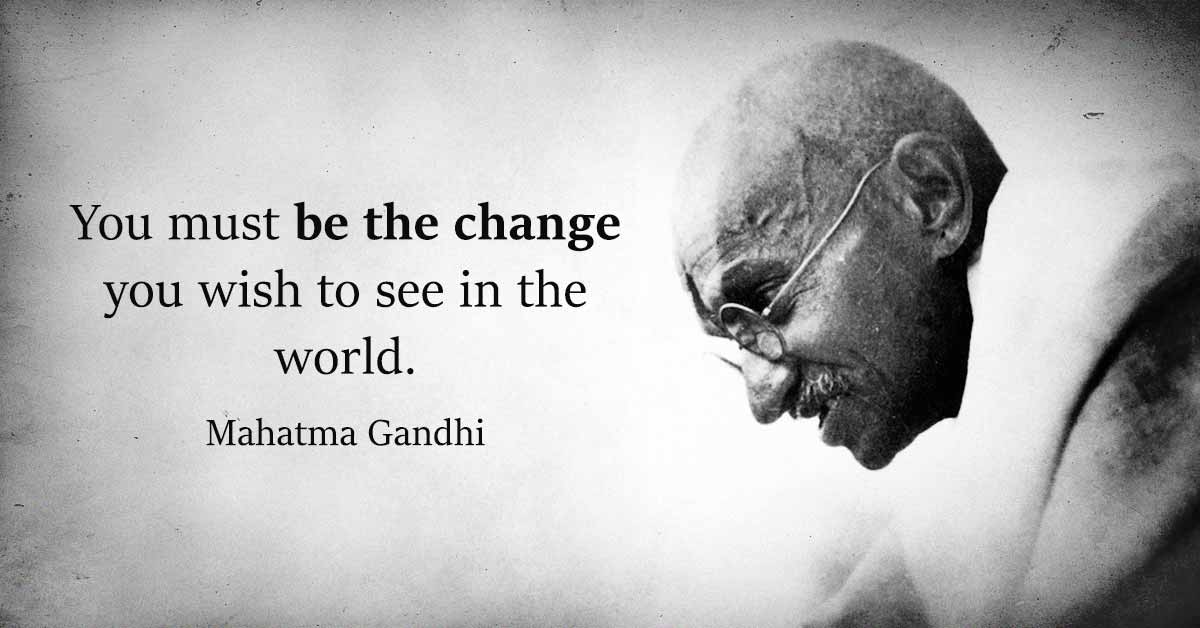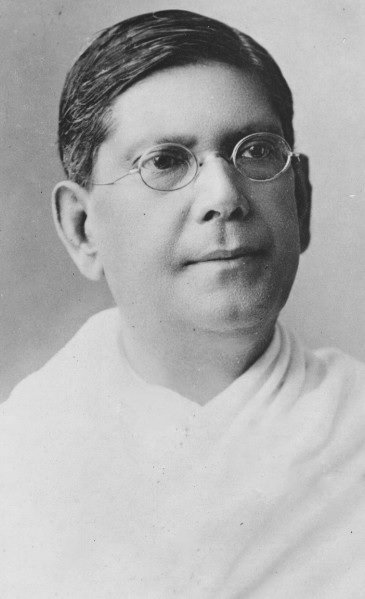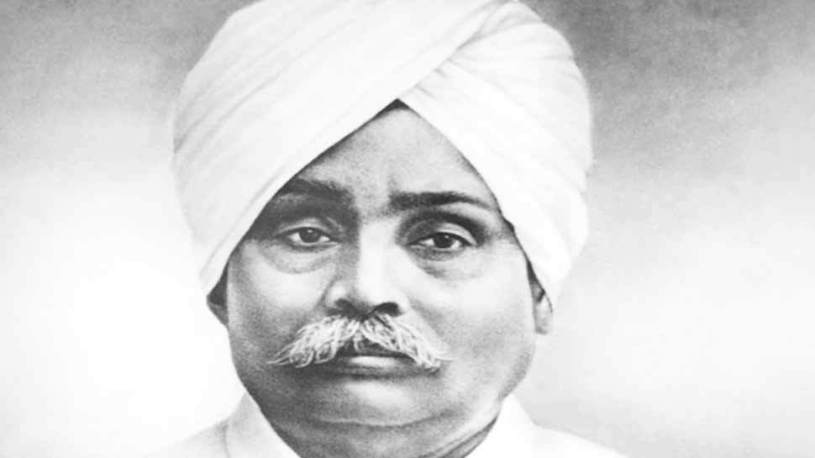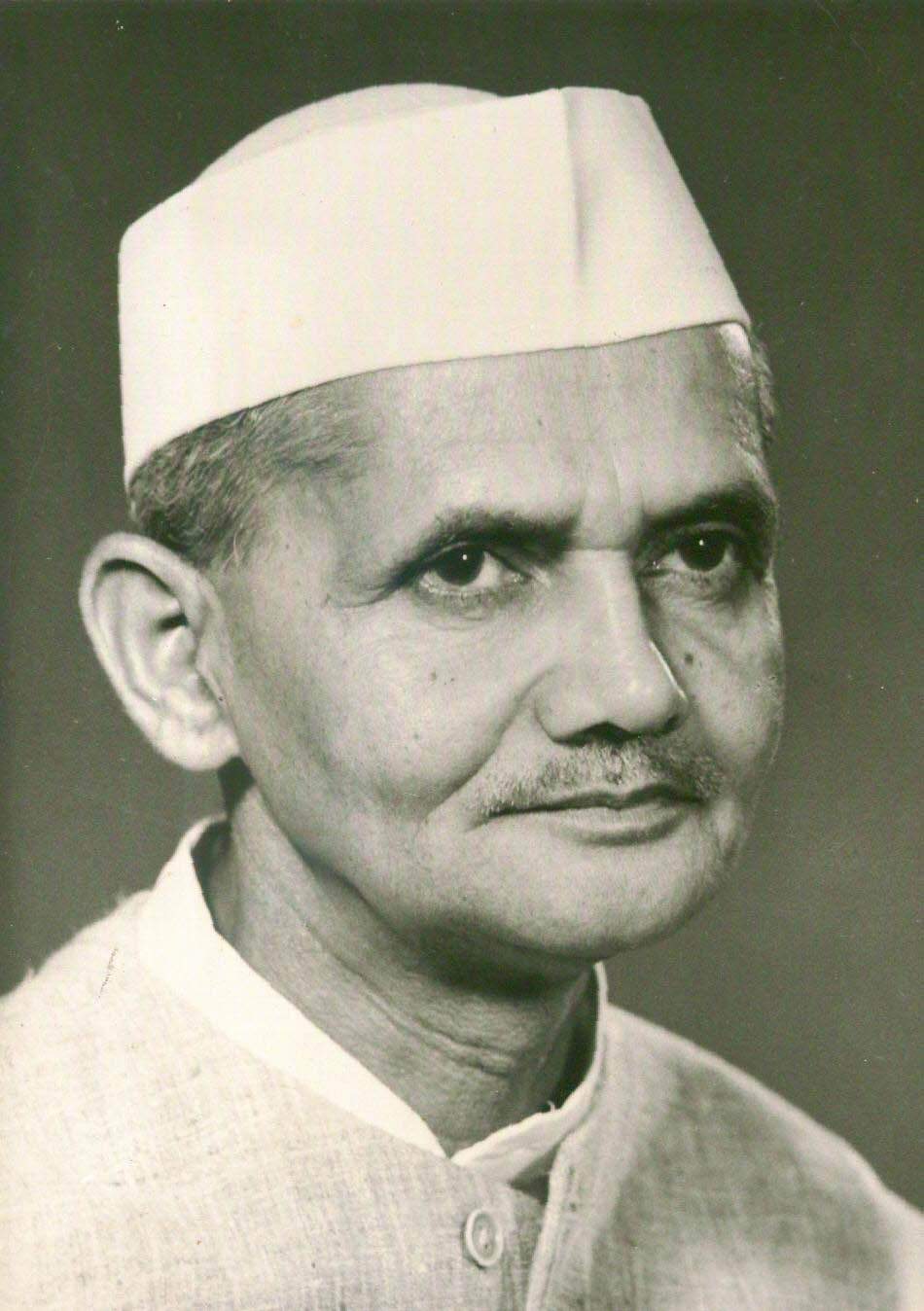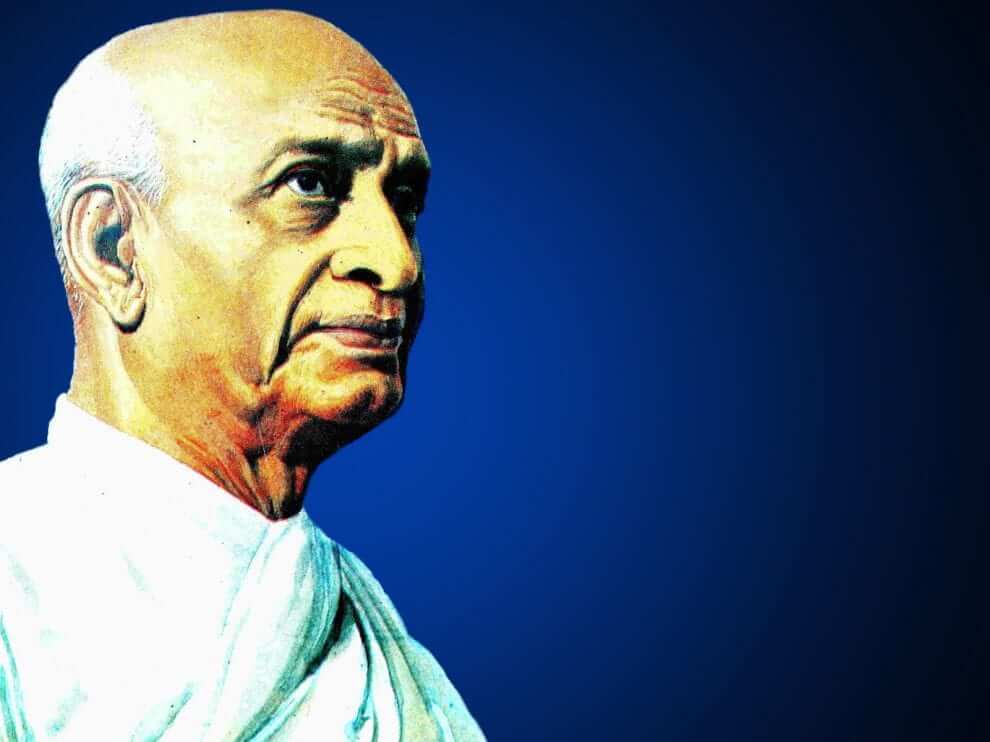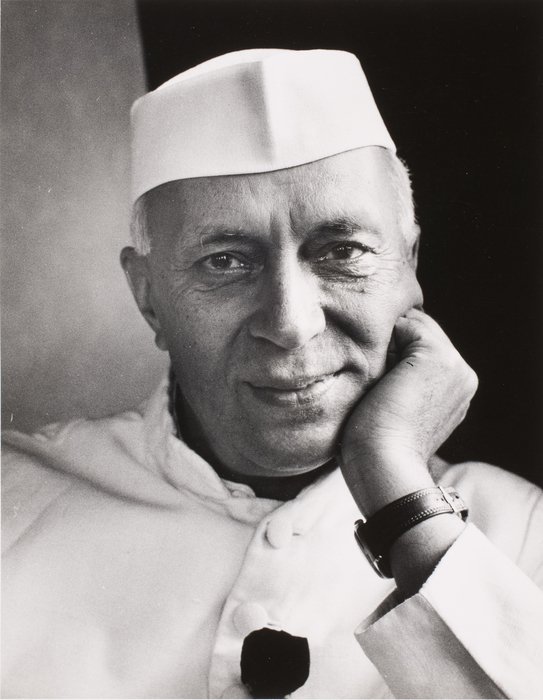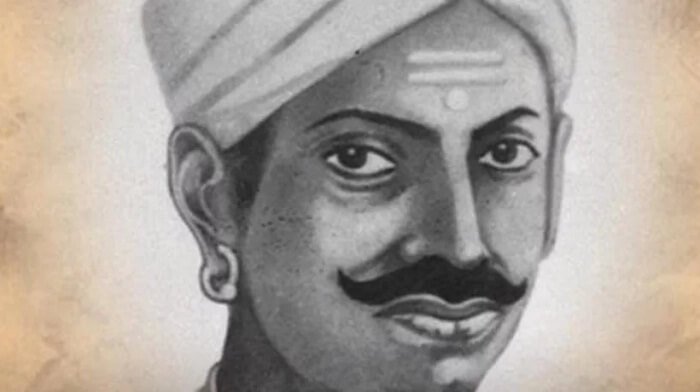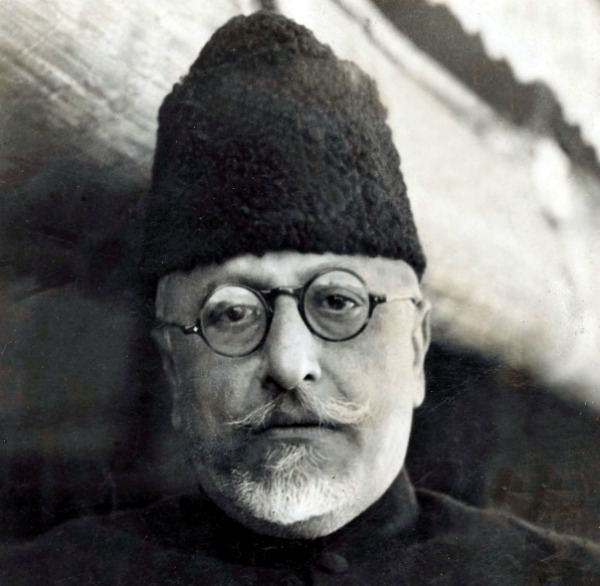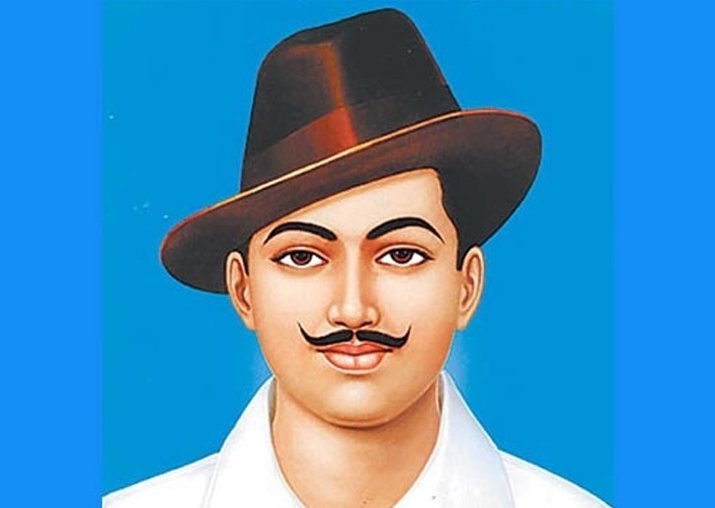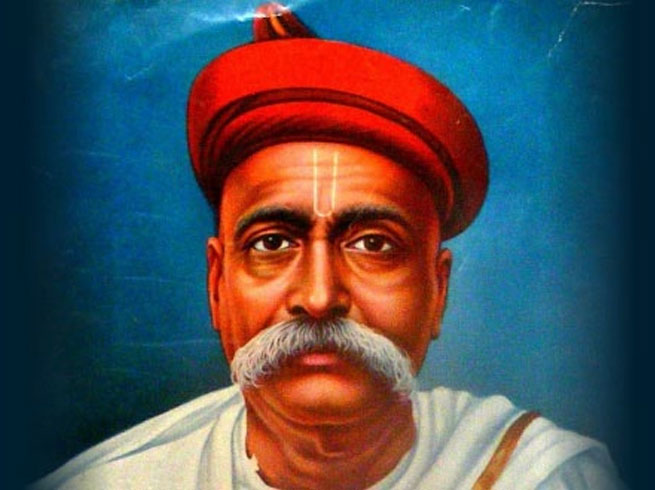- Home
- History of India
- Freedom Fighters of India
- Mahatma Gandhi
Mahatma Gandhi
Quick Facts:
Name: Mahatma Gandhi
Country: India
State: Porbandar, Gujarat
Date of Birth: 2nd October 1869
Death: 30th January 1948, New Delhi
Reason for his Death: Assassination
Occupation: Lawyer, Freedom Fighter, Writer and Politician
Mohandas Karamchand Gandhi more commonly known as Mahatma Gandhi and father of India was born in Porbandar district of state of Gujarat in India on 2nd October 1869. His preaching's were non violence and played a very important role in India’s independence. Gandhiji is also known as Bapuji and his birthday is celebrated as a National Holiday in India and also as international Nonviolence day.
His philosophy for attaining
independence was through non violence and Satyagraha way. In this he influenced
many Indians and made them to follow his philosophy to attain independence. He
led various movements like Dandi March in 1930, Civil disobedience movement,
non-cooperation movement. Our great leader even inspired many world leaders
like Nelson Mandela, Martin Luter king Jr, Aung San Sui Kyi and many more.
Even to this day his philosophy of nonviolence is appreciated world wide.
Childhood and Early Life of Mahatma Gandhi
On 2nd October 1869 at Gujarat Hindu Baniya family. His parents were Karamchand Uttamchand Gandhi and his fourth wife Putlibai. Gandhi’s father served as Diwan ( chief minister) of Porbandar state. As a child Gandhiji was a very restless and active person.
In his early years Gandhiji was greatly influenced by the stories of Harishchandra and Shravana. Gandhi’s parents both belonged to Hindu family of different sub sects. His mother was highly religious person and Gandhiji was influenced by his mother. Since Gandhiji was born in a high society privileged class family he was able to get good education.
In 1874 Gandhiji’s parents moved to Rajkot where
his father became the Diwan of Rajkot in the year 1876. During his school days
in Rajkot Gandhiji was an average to good student. When Gandhiji was studying in
Rajkot he got in to a bad company. His friend Sheikh Mehtab who was older in
age made Gandhiji to eat meat who was strictly vegetarian. He also took him to
brothel house and made him to smoke cigarettes. When Gandhiji had no money to
buy Indian Cigarettes he started stealing copper coins. Later on Gandhiji
realised his mistake and befriended Sheikh Mehtab.
Mohandas Karamchand Gandhi married Kasturbai
Makhanji Kapadia at the age of 14. As the days passed Gandhiji recalled and
revealed that at such young age he could not understand or didn’t mean anything
about marriage. For him at that age marriage meant only wearing new clothes.
The couple had four children namely Harilal born in the year 1888, Manilal born
in the year 1892, Ramdas born in the year 1897 and Devda born in the year 1900.
His father died in the year 1885
Here are some good books to know more about Mahatma Gandhi
Education of Mahatma Gandhi
After completing the schooling and college in India, one of the family friends of Gandhiji by name Mavji Dave advised Gandhiji and his family to pursue law in London. At that time Gandhiji’s wife had just given birth to their first surviving son and hence both his wife and mother were not comfortable to send him to London.
Gandhiji promised both his mother and wife that he
would abstain from any bad company and also would not touch meat, alcohol and
any women. Supported by his brother Gandhiji left to London and studied Law and
Jurisprudence at University College in London. He was later on invited to enrol
himself as a Barrister in Inner Temple.
When Gandhiji was staying in London he became a
member of London Vegetarian Society where he was introduced to Bhagvad Gita by
his friends. Bhagvad Gita had a huge influence on Mahatma Gandhi.
Mahatma Gandhi at South Africa
After
returning back to India Gandhiji could
not get proper cases to practice as a lawyer. At that time he received an offer
from Abdhullah to fight a case of his cousin in South Africa. Gandhiji readily
agreed and to South Africa in 1893. Gandhiji spent the next 21 years in Africa.
As soon as Gandhiji reached South Africa he was not allowed to enter the
European coach in train and was asked to sit on the floor near the driver. When
Gandhiji refused to do so he was beaten black and blue.
When Gandhiji was practising as a lawyer in South
Africa, he led many campaigns for racial discrimination. While staying in
South Africa Gandhiji faced the discrimination along with the blacks. He had to
face humiliation and was hurt mentally many a times while in South Africa.
Seeing the pathetic conditions of Indians and Blacks in South Africa, Gandhiji
decided to fight against the discrimination and to uphold the values of human
life.
First nonviolence campaign of Gandhiji was started in South Africa where he was practising as a lawyer. One evening Gandhiji was travelling in first class compartment in South Africa, at that time a white men entered the compartment and was furious on seeing brownish man Gandhiji in that compartment. Gandhiji was forced out of the compartment. This made Gandhi angry and took various nonviolence methods protesting the racial discrimination. He led successful campaigns against racial discrimination.
This movement gave
Gandhi lot of respect with in South Africa and outside South Africa. Gandhi’s
main ideology was based on the principle of non violence, non cooperation or
passive resistance. His philosophy was to resist evil without hating the evil
doer. The apartheid policy in South Africa made Gandhiji
to work for the upliftment of people.
Gandhiji established an organisation called as
Natal Indian Congress in the year 1894 through which Gandhiji tried to help the
Indian community in South Africa and also planned to assists Indians to oppose
a bill which denied Indians the right to vote in South Africa. His 21 years of
stay in South Africa moulded Gandhiji and turned him into a new person who was
more matured and more understanding of public pain. He returned to India in
1915.
Gandhi in Champaran District
Gandhi returned to India in the year 1915. He settled in Sabarmati
Ashram in Ahmadabad. He returned to India at a very critical juncture when
India was fighting hard against British for Independence. During this time
Gandhi was quite unknown to many Indians except few like Gopal Krishna Gokale.
Gandhi was first asked to study the political situation in India. In Champaran
district of Bihar, the cultivators were forced to grow indigo crops and other
cash crops instead of food crops. These cash crops were purchased at a very low
price from the cultivators causing huge loss to poor cultivators. To help the
poor cultivators Gandhiji organised various Satyagraha campaigns in Ahmadabad
for the cause of indigo cultivators.
Gandhi in Kheda Revolt
Another important campaign was in the district of Kheda,
Gujarat. The district was struck by famine and literally destroyed the agrarian
community. The peasants had huge losses and had not money to meet the daily
ends of their life. The British government however ordered the peasants to pay
huge taxes. It was warned that peasants who do not pay taxes there cattle’s and
land would be confiscated. The peasants of Kheda signed a petition seeking to call
off the taxes, however there petition was rejected and the lands, cattle's were
confiscated. Gandhiji and Sardar Patel organised various campaigns demanding
British to take back taxes. Finally government reached an agreement and the
taxes for that year and next year was suspended and all the confiscated lands
and cattle’s were returned.
Gandhi in freedom struggle
Many young nationalists who joined these
campaigns were Rajendra Prasad, Vallabai Patel. With these campaigns Gandhiji
got huge recognition and respect all over country. The common man began to see
him as saviour. Succumbed to pressure, the British agreed to pass a law
allowing concessions to peasants in the year 1917. This was a huge victory to
Gandhi and his philosophy. Some of the major events that occurred during this period
were Rowlatt act, Jallianwalla bagh and the Khilafat movement. Another important event was the Simon Commission. After these
movements the struggle for freedom became more intensified. The main tool of
Gandhiji was nonviolence. Through nonviolent movements like civil disobedience
movement, satyagraha, Dandi March and Quit India movement, Gandhiji was able to
free India from British.
Khilafat Movement
The Indian leaders along with Gandhiji had agreed to support British during the first World War. British in return had promised for Purna Swaraj for the Indians. But British instead of accepting to Purna Swaraj to Indians as promised offered only minor reforms which agitated and disappointed Gandhiji. Hence Gandhiji started the civil disobedience movement.
Gandhiji understood that unity between Hindus and
Muslims is very important to fight against British. Hence Gandhiji supported
the Khilafat movement which was fight against British India to restore Ottomon
Empire that was defeated in the first World War.
Non Cooperation Movement
With the passing of time Gandhiji started the non co operation movement which is considered as a very important movement in the Indian history. it was led by Mahatma Gandhi after the Jallianwala Massacre in the year 1919. The Non cooperation was started in the year 1920 and lasted till 1922. The main aim of the non cooperation movement was to fight against the British rule in India through non violence or Ahimsa method.
Through this movement Indians were asked not to buy any British goods or study in any British college and many more. The Non cooperation movement was started mainly to suppress the British policies like the Rowlatt act and Jallianwala Bagh Massacre.
However after the Chauri Chaura violence incident
in the year 1922, Gandhiji immediately withdrew the non cooperation movement.
Dandi March
British started imposing tax on salt hence to protest on the tax Gandhiji started the Dandi March in the year. Gandhiji started the salt Satyagraha movement from his Ashram along with 78 supporters and walked for 388 Km and reached a small village called as Dandi. There Gandhiji along with his supporters produced salt and thus broke the salt law.
Thousands of Indians were arrested by the British.
Finally the protest was very successful and signed the Gandhi Irwin Pact in the
year 1931. Seeing the rise and the importance of Gandhiji British were forced
to accept certain settlements like alleviation of poverty, improved the rights
of women and moved closer of getting Swaraj to India.
Quit India Movement
During the second world war Gandhiji love to gain independence from British reached Zenith. Gandhiji intensified his fight and drafted a resolution for British to Quit India. People from different parts of India joined Gandhiji in Bharat Chodo or Quit India Movement. Everyone just had one single ambition and motto was to get independence from British.
Gandhiji was
arrested on 9th August 1942 and held him in Aga Khan prison for two
long years. Finally Quit India movement came to an end in the year 1943 when
British gave assurance of slow and complete transfer of power to the people of
India. Gandhiji’s wife died on 22nd February 1944 and Gandhiji
himself suffered from Malaria. Gandhiji was released from jail in the year 1944
due to his ill health.
Partition and Independent India
Gandhiji was always against Partition of Indian subcontinent into India and Pakistan based on religion. When Gandhiji and the Indian National Congress were trying hard to make British Quit India the Muslim league were firm on divide and Quit India. Jinnah appealed to all Muslim people to support publicly for the partition. Gandhiji reluctantly agreed for the partition to avoid any civil war in India. India got independence on 15th August 1947.
The partition spread violence between newly got freedom India and Pakistan. Thousands of people died of riots in both the countries. It can be said that it was one of the worst phase in India’s independence movement. Gandhiji worked tirelessly to keep peace between both India and Pakistan but failed to do so.
Hence
Gandhiji started fast unto death and requested all the fellow citizens of both
countries to stop violence and maintain peace and stability. He even championed
for Pakistan for the payment as per the Partition agreement.
Assassination of Mahatma Gandhi
On 30th January 1948 the life of father of nation came to end. He was shot by Hindu radical Naturam Godse. He shot Gandhiji three times in the chest with point blank range. Naturam Godse was a Hindu radical who believed that Gandhiji favoured the political demands o Indian Muslims during Partition. He planned the assassination of Mahatma Gandhi along with Narayan Apte and six other fellow workers.
Godse did not make any attempt to escape from the place and was arrested on the charges of murder. Gandhiji’s death was mourned by nationwide. India had lost one of the keys members who fought against British to get independence. It was one of the saddest days in the Indian history. Gandhiji was cremated according to the Hindu traditions.
The trial
against all the accused lasted for one year. Godse and all others who were involved
in the assassination were convicted and were sentenced to death on November 8th
1949.
Mahatma Gandhi Quotes and Principles
Gandhiji believed in non violence, truth, Satyagraha and simplicity. Gandhiji had huge respect to all the religions like Hinduism, Sikhism, Christianity, Muslims, Jainism and Buddhism.
Here are some of the famous quotes of Gandhiji to name a few.
Freedom is not worth having if it does not include the freedom to make mistakes.
In a gentle way, you can shake the world.
Hate the sin, love the sinner.
An eye for an eye will make the whole world blind.
The future depends on what you do today.
To give pleasure to a single heart by a single act is better than a thousand heads bowing in prayer.
I object to violence because when it appears to do
good, the good is only temporary; the evil it does is permanent.
Update on coronavirus in India
Affiliate Disclosure:
If you make any purchase via a link on this site, I may receive a small commission with no added cost to you.
